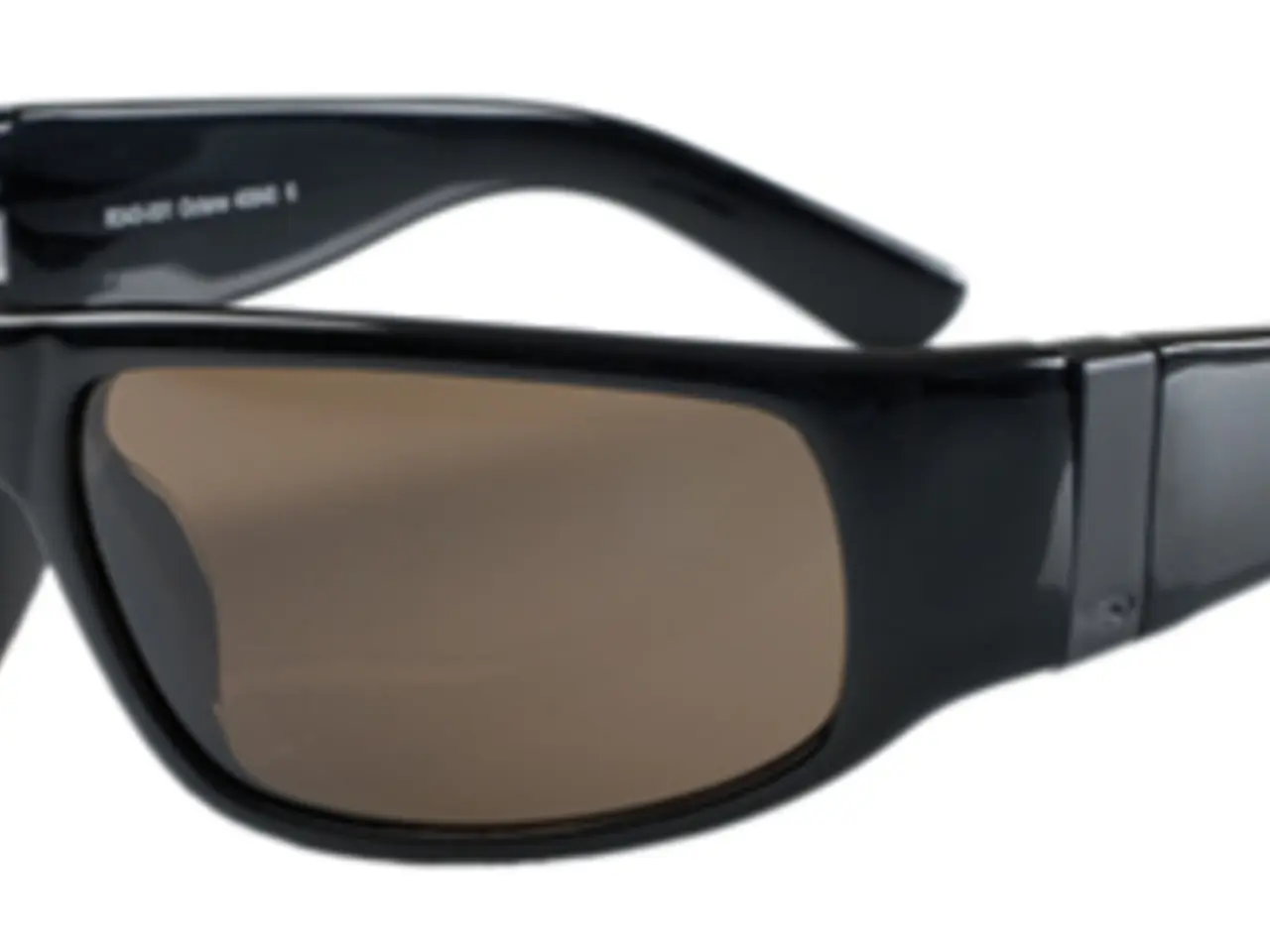Safety Eyewear for Instructors and Overseers
Protecting Your Eyes in Hazardous Situations: A Guide to Using Protective Eyewear
In various work environments, it is crucial to prioritize safety, especially when it comes to protecting your eyes from potential hazards. Here's a comprehensive guide on selecting, using, and maintaining different types of protective eyewear to ensure your safety in potentially dangerous situations.
Selecting the Right Protective Eyewear
When it comes to choosing the right protective eyewear, consider the specific hazards you might encounter.
- Shatterproof Safety Glasses: These are ideal for protecting against flying particles like dust or debris in construction or light impact scenarios. They resemble regular glasses but have stronger frames and lenses and often include side shields or wraparound frames for extra protection[1].
- Safety Goggles: These provide a secure shield around the eyes and protect against impact, dust, and chemical splashes. They offer sealed protection from hazards coming from all directions and can be worn over prescription glasses or contact lenses[1][2].
- Face Shields: These are suitable for high-risk situations involving exposure to chemicals, heat, molten metal, or electrical arcing. Face shields protect the entire face but should always be worn in conjunction with safety glasses or goggles underneath for full eye protection[1].
Using Protective Eyewear According to the Hazard
| Hazard | Recommended Eyewear | Notes | |-----------------------|----------------------------------|--------------------------------------------------------| | Flying particles | Shatterproof safety glasses | Side shields or wraparound styles provide extra safety[1][2]. | | Chemical splashes | Safety goggles | Sealed fit to prevent liquid entry[1][2]. | | Electrical arcing | Face shields + safety glasses | Shields protect from arc flash; inner glasses protect if shield is lifted[1]. | | Molten metal | Face shields + specialized helmets| Helmets designed for molten metal with full face protection[1]. |
Considerations for Use
- Always wear safety glasses underneath face shields or helmets because face shields do not provide complete eye protection when lifted or removed[1].
- For specialized tasks like laser work or welding, use protective eyewear with specific filters to block harmful radiation, e.g., welding helmets with filter lenses and laser safety glasses matched to laser wavelength and optical density[1][5].
Caring for Your Protective Eyewear
- Clean regularly with a soft microfiber cloth and lens cleaner. Avoid harsh chemicals (like ammonia-based cleaners) that might damage lenses or coatings[2].
- Store properly in protective cases to prevent scratches and damage[2].
- Inspect frequently for scratches, cracks, or loose parts and replace immediately if damaged[2].
- Choose lightweight, comfortable eyewear to ensure consistent use[2].
Ensuring your protective eyewear complies with relevant safety standards, such as ANSI Z87.1 in the US, is essential to guarantee adequate protection and compliance[2].
In summary, identify your specific hazards first, then choose the corresponding eyewear: shatterproof safety glasses for debris, goggles for chemical splash, and face shields combined with glasses for high-risk hazards like electrical arcing or molten metal. Proper care and regular inspection help maintain maximum protection.
- All safety glasses must meet the minimum standards set forth by the American National Standards Institute.
- ANSI standard Z87.1 is for general eye and face protection, including chemical splash protection.
- Protective eyewear should be cleaned thoroughly with soap and water, disinfected when necessary, and stored in a clean, dustproof case.
- Tools should be turned off before removing protective eyewear.





